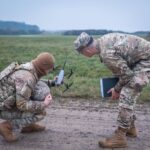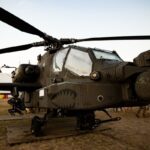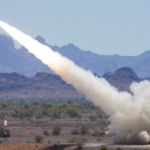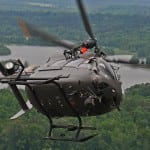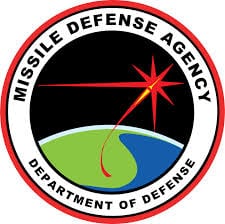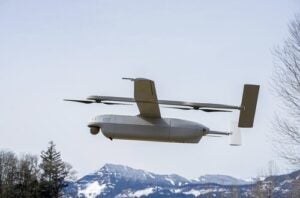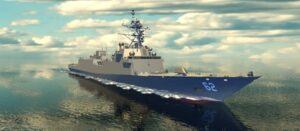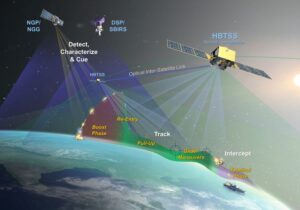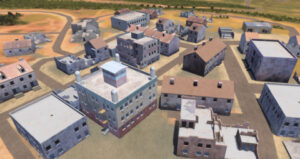
KISSIMMEE, Fla.—The Army recently codified its operational requirements for a worldwide 3D modeling capability that it already uses in training systems, and next up will be consideration by the Joint Staff and potential funding, the acting head of the Army’s Geospatial Center said on Tuesday. Army Requirements Oversight Council (AROC) approval of the One World Terrain (OWT) software initial capabilities document will let the services build “3D meshes” using any sensor—ground, air, and space—“with some level of attribution,” Dan Visone,…

 By
By 